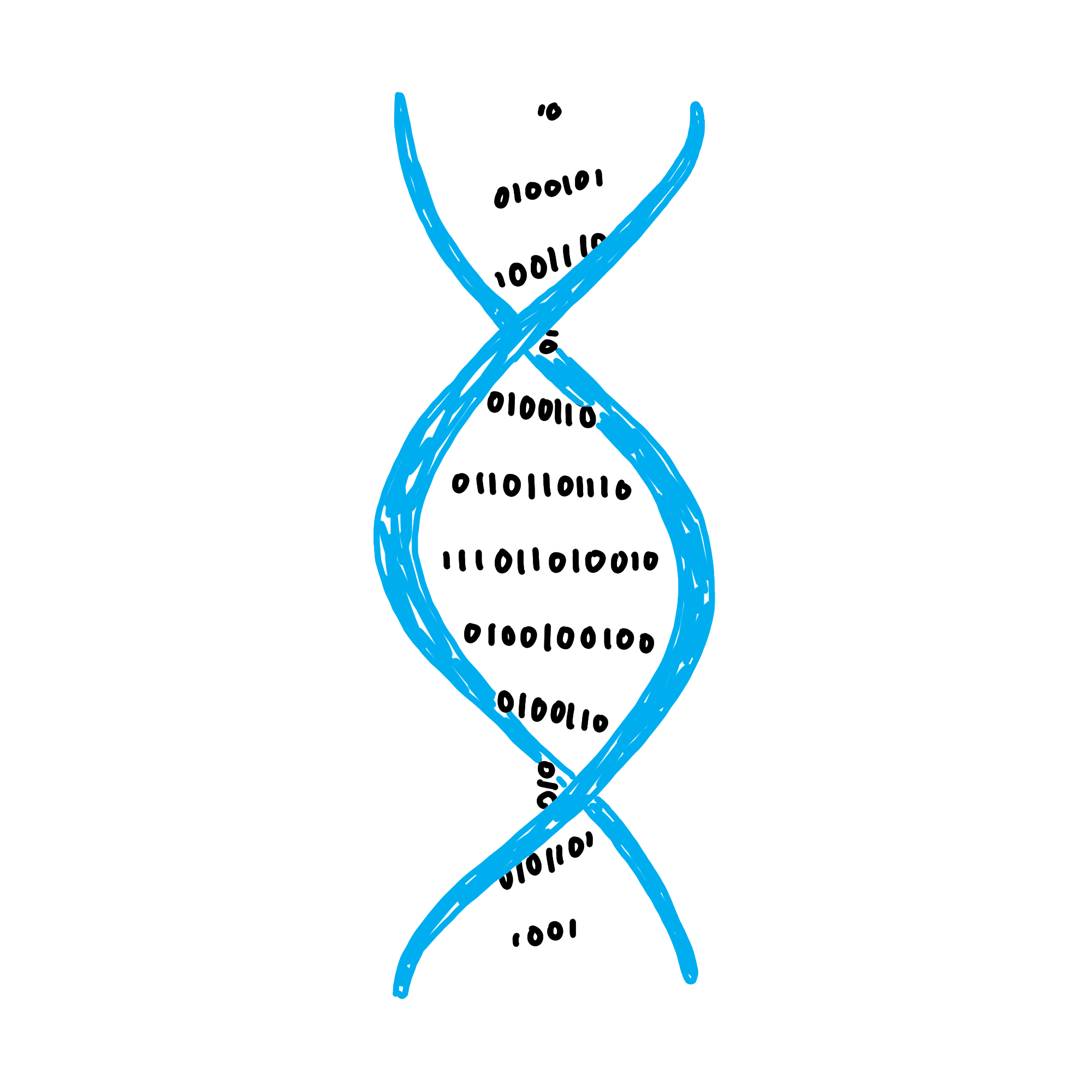
HISTORY
2003

Mapping out the Human Gene was a 13 year long process. It was initially started in 1990 and finished in 2003. It was created to find out all the physical and functional points of a human genome.
September 2012

A new type of gene editing was found. Epigenome editing is one of the few applications of gene editing. It is when the epigenome is modified at a specific site using molecules.
April 2013
Scientists modified the alleles of a zebrafish by adding in one, or more, alleles and taking out alleles to show that gene editing in organisms is possible and can be possibly done in the future with humans.

Scientists started conducting experiments regarding with gene editing on live monkeys.
February 2014

March 2014
Massachusetts Institute of Technology(MIT), researchers developed a new cure for mice with a liver mutation by using gene editing to take out the affected gene.

March 2014
Gene editing was used on human hematopoietic cells in hope of treating human genetic disorders such as hemoglobinopathies, primary immunodeficiencies, and cancer.

September 2014

Scientists found a new way to make the application of CRISPR simpler but developing a new model of a mouse for research.
October 2015
Researchers editing out 62 genes in a pig to make a pig as similar as a human in hopes that one day we could use pig’s organs for human organ transplants.

November 2015

Researchers edited Mosquito's genes are edited to recite the parasite that causes Malaria first human genome.
April 2016
Scientists modified a gene in mushrooms that causes it to brown to help reduce the browning of mushrooms.




